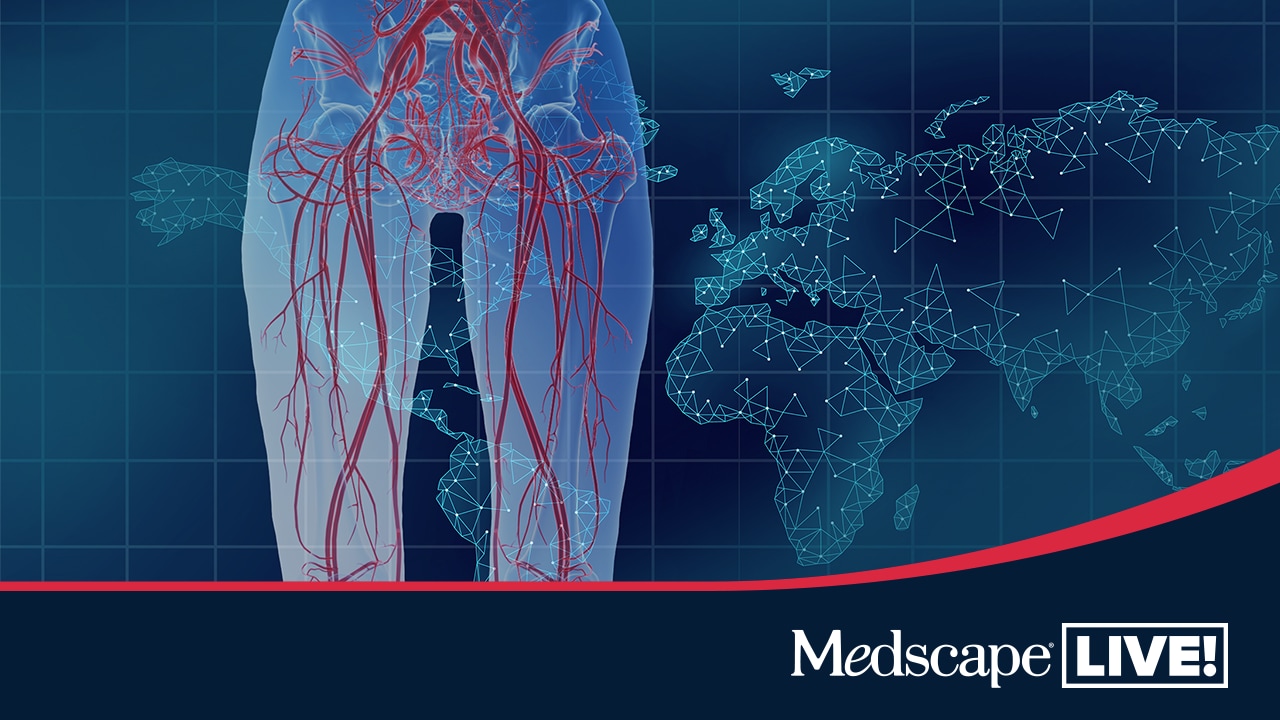Abstract and Introduction
Abstract
NPWT has probably been the most important addition to wound care in the current century. Despite this fact, its use in the treatment of VLUs remains very limited. This review first examines the documented and potential VLU wound environment changes that can be facilitated by NPWT. The data supporting the use of NPWT for VLU wound bed preparation, the management of fluid drainage, and the bolstering of skin grafts are evaluated. The similarities and differences between suNPWT, traditional NPWT, and NPWTi are outlined. Included in this review is when and where each therapy may have a place in the treatment of VLUs. Finally, a brief algorithm to enhance the use of NPWT in the treatment of VLUs is presented.
Introduction
NPWT entered the lexicon of wound care in the United States in 1997.[1] In 2000, KCI initiated 2 trials to evaluate the use of NPWT in the management of VLU. Although well designed, these 2 trials (1 with STSG, 1 without) were only presented once as abstracts and only the trial with STSG was published. The results of these company-sponsored trials were supportive of NPWT in the management VLU with compression as well as with and without STSG; however, both trials terminated early and thus, upon trial closure were not significantly powered to provide conclusive evidence in support of NPWT for VLU.[2,3] Both of these trials were presented at the Second World Union of Wound Healing Societies, July 8–14, 2004, in Paris, France.[2] A Cochrane review published in 2015 concluded that despite some literature suggesting that NPWT may reduce time to healing when used with punch skin graft transplants, there was limited rigorous RCT evidence exhibiting clinical effectiveness of NPWT as an adjunct in the treatment of leg ulcers, and there was no RCT evidence on its use as a primary treatment for VLUs.[4]
Independent of the lack of evidence for the effect of NPWT on time to healing, the goals of NPWT in the management of VLUs are varied. NPWT does not change the underlying pathophysiology of the disease; it affects only the wound surface, not the obstruction or venous reflux in the deep or superficial system. The CEAP classification is an internationally accepted classification system to standardize diagnosis and treatment of chronic venous disorders.[5] Before initiating NPWT it is necessary to make an image-based diagnosis and determine the patient's CEAP classification. In addition, based upon recent publications, underlying venous abnormalities that can be corrected—such as superficial venous reflux or deep venous occlusion—should be treated in order to improve healing and to reduce the chance of venous ulcer recurrence.[6]
The 4 primary reasons for use of NPWT in the management of VLUs are promotion of granulation tissue development, wound bed preparation prior to placement of tissue graft, exudate management, and as a bolster over tissue graft. NPWT technology can be used in many ways. In this review, the published evidence for NPWT for these desired outcomes is evaluated and the evidence discussed based on the unique ways in which NPWT is delivered, whether traditional NPWT, disposable or suNPWT, or NPWTi.
Traditional NPWT works by causing tissue deformations at both the macroscopic and microscopic level. At the macroscopic level (macrodeformation), NPWT promotes tissue granulation by exerting a subatmospheric pressure that contracts the wound.[7,8] This contraction pulls the edges of the wound closer together, which facilitates size reduction as the wound heals. At the microscopic level (microdeformation), NPWT exerts cellular and molecular effects. Mechanical stress from wound suction promotes perfusion to the wound edges. Improved flow increases oxygen and nutrient delivery to the tissue edges, which may promote angiogenesis. Suction coupled with the presence of a fluid canister also allows for the consistent removal of wound exudate and infectious material from the wound bed, which helps decrease edema. Together, macrodeformation, microdeformation, and the continuous removal of exudate help facilitate cell proliferation and promote granulation tissue formation for wound closure.[7,8] NPWT can be a highly effective treatment method for promoting granulation tissue formation and reducing wound area in VLUs despite the presence of exudate, large wound size, and the presence of infection.[9]
A portable, disposable alternative to traditional NPWT is suNPWT, which was developed in part to reduce the onus on the patient of carrying a large unit with them and of coping with the noise and attachments or plugs and the other limitations of always carrying a mechanical device. The primary goal of suNPWT is to improve the patient's quality of life while providing the same benefits as the more cumbersome NPWT.[10] An electrically powered pump is typically used in NPWT, but a mechanically powered device that uses a spring system to produce negative pressure is also available.[11] This silent, portable mechanical suNPWT system has demonstrated similar biomechanical properties as electrically powered systems and has shown comparable wound management outcomes. In general, whether electrically powered or not, suNPWT works in the same way as traditional NPWT. Depending on the manufacturer, differences exist in the amount of suction, the frequency of suction monitoring, the amount of fluid the system can handle, and the tissue interface. While the mechanism of suNPWT also involves the application of constant pressure to a wound bed to promote granulation tissue and wound closure, such devices either lack a canister or have a much smaller volume canister for fluid collection; thus, their use is limited to wounds with low levels of exudate.[9] When indicated, however, suNPWT has been shown to stimulate granulation tissue formation and wound size reduction in the management of VLUs.[12]
NPWTi involves the traditional NPWT system but includes the periodic instillation of topical wound solution to cleanse the wound bed. Instillation cycle time, volume, and negative pressure levels can be tailored to the wound. The foam dressings used in NPWTi are less hydrophobic than those used in traditional NPWT, which permits improved fluid distribution across the wound and removal of debris.[13] NPWTi is suitable for use in severe VLUs with significant biofilms or preexisting infection, provided appropriate debridement and antibiotic treatment has been initiated.[14] International consensus guidelines published in 2020 state, "in conjunction with appropriate wound care, such as debridement and systemic antibiotics, [NPWTi] may be used as an adjunct therapy…for [VLUs]."[15] NPWTi does not replace debridement, but it can help with removal of exudate, loosened debris, and infectious material post-debridement.[16] Topical antiseptic solutions and saline have both been used in infected or heavily colonized wounds.[15] NPWTi has shown the faster creation of granulation tissue and more rapid reduction in the depth of the wound when compared to NPWT; this finding is independent of what irrigant is being used. The exact mechanism of this is not clear, however, it is noted that NPWTi does a better job of managing the wound bacterial burden.[17]
Wounds. 2023;35(6):117-125. © 2023 HMP Communications, LLC










